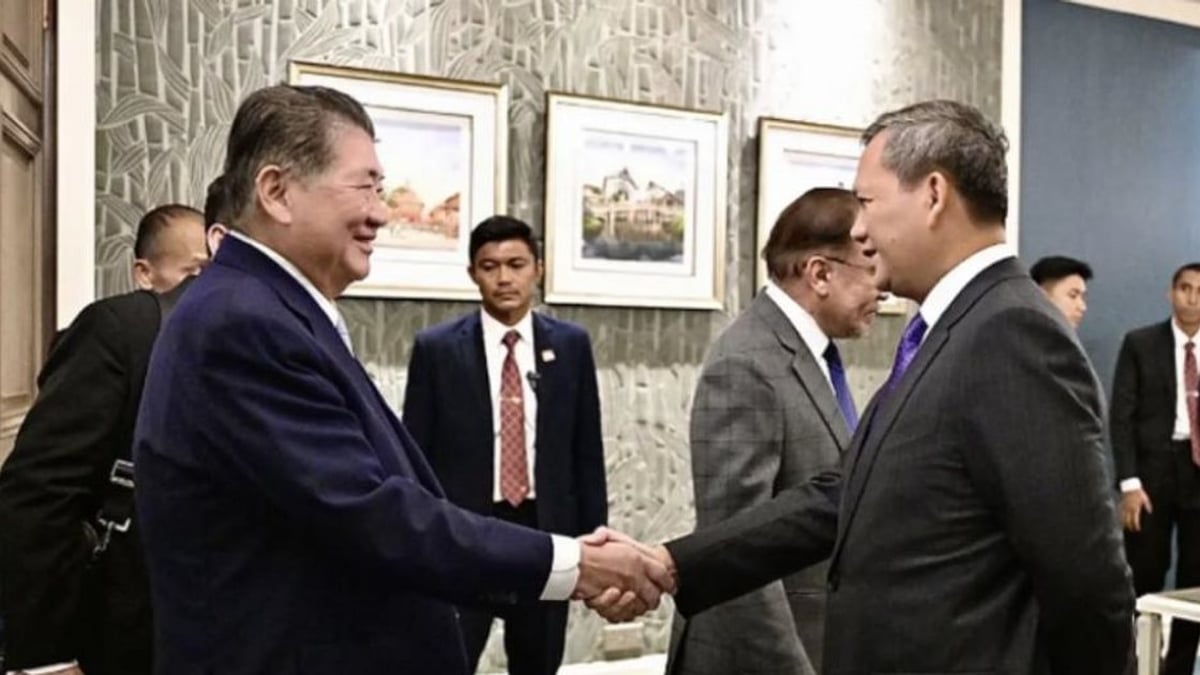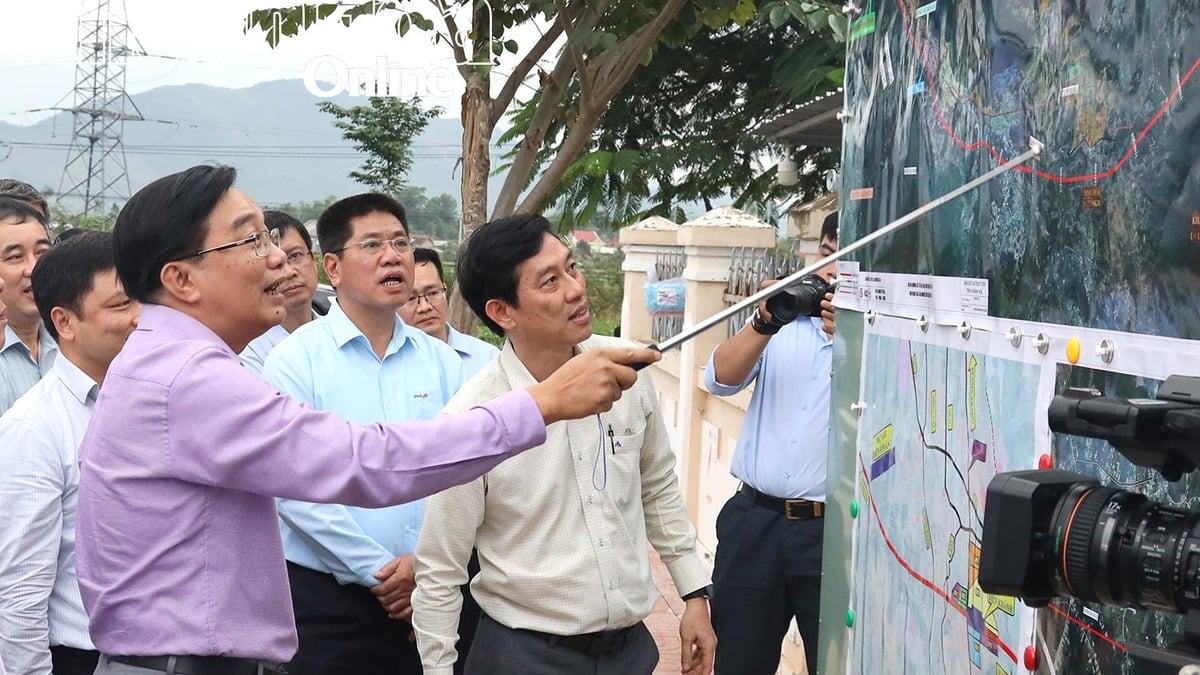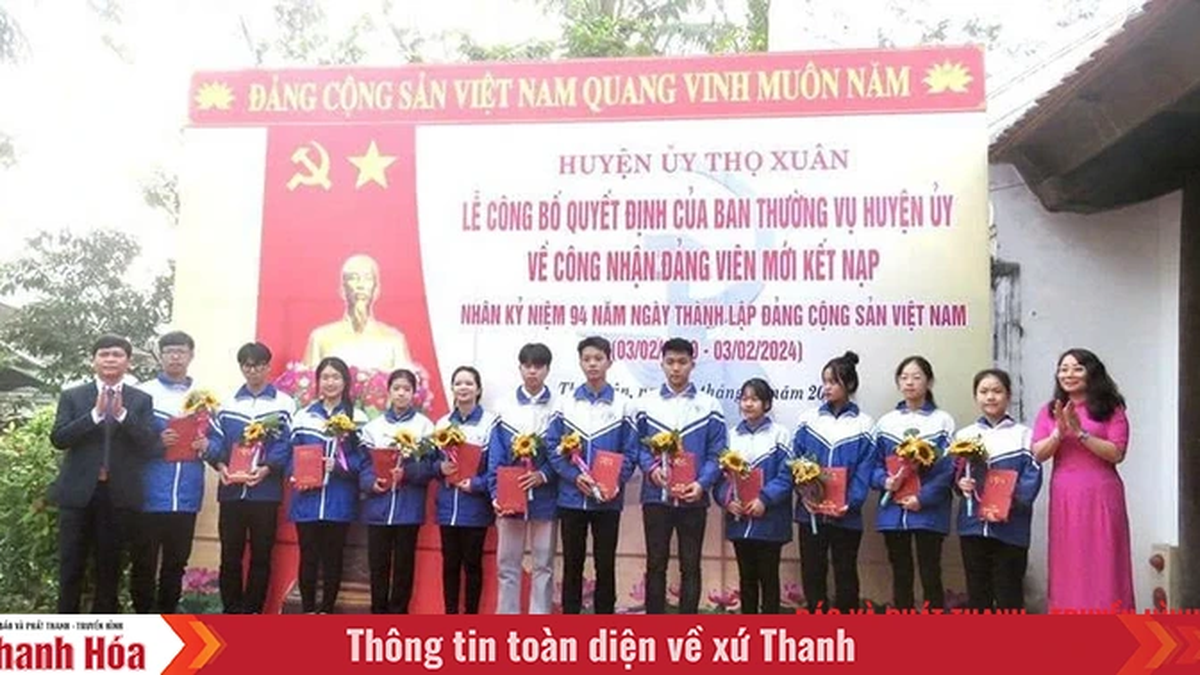According to the Wahba Institute, competitive labor costs have made Vietnam an attractive investment destination for manufacturing, and FDI is the main driver of economic growth in Vietnam.

According to a VNA correspondent in Washington, the Wahba Institute - a research organization on strategic competition, specializing in shaping dialogues and promoting actions to strengthen the US's global economic leadership role, recently published an article on the Wilson Center's website, highly appreciating Vietnam's economic development achievements, as well as mentioning opportunities to strengthen Vietnam-US investment relations.
In the article, the Wahba Institute emphasized that Vietnam has emerged as one of the "Asian tigers," with many positive achievements in economic growth in recent years. This development is mainly due to the efforts of the Vietnamese Government in promoting international economic integration and implementing market-oriented reforms.
According to the Wahba Institute, competitive labor costs have made Vietnam an attractive investment destination for manufacturing. Foreign direct investment (FDI) is a key driver of economic growth in Vietnam.
In the first 6 months of 2024, total newly registered FDI capital reached 15.2 billion USD, up 13.1% over the same period last year.
In 2023, the US was Vietnam's second largest trading partner. Despite growing trade relations, US FDI in Vietnam remains lower than that of other countries in the Asian region.
As of mid-2024, the US is the 13th largest investor in Vietnam, with most of its investment concentrated in the hospitality services sector (42.3%) and manufacturing (20.3%). Many US companies such as Apple, Intel, Citigroup, Nike, Chevron, Ford, Coca-Cola and KFC are also investing in Vietnam.
In the above context, the Wahba Institute proposes four strategic sectors in which the US can consider increasing investment in Vietnam.
First of all is Vietnam's semiconductor industry, which is forecast to grow strongly, with an estimated value of more than 6.16 billion USD by the end of 2024.
Second is the pharmaceutical industry with growth potential thanks to cheap labor and rising domestic demand due to the growth of the middle class, which is mainly focused on the production of generic drugs.
Third is the telecommunications industry where international investors can participate through joint ventures or own submarine cable lines and sell capacity to licensed telecommunications providers in Vietnam.
Finally, infrastructure with port infrastructure projects offers many opportunities for foreign investors.
According to the article, although the US and Vietnam have many opportunities and potential to increase investment cooperation, efforts are needed from both sides.
The US needs to actively participate in multilateral trade agreements to which Vietnam is a member, such as the Comprehensive and Progressive Agreement for Trans -Pacific Partnership (CPTPP) and strengthen cooperation through the Indo-Pacific Economic Framework for Prosperity (IPEF).
In addition, the article also recommends that Vietnam should continue to improve market transparency and develop clear regulations to attract more investment capital from the US.
To strengthen investors’ confidence, Vietnam should clearly identify the agencies in charge of each project of US enterprises and build a legal framework to protect the rights of foreign investors. In the field of intellectual property, there needs to be close coordination between policy-making agencies and enforcement agencies./.
Source: https://baolangson.vn/vien-nghien-cuu-wahba-de-xuat-bien-phap-tang-cuong-quan-he-dau-tu-viet-my-5020624.html

























![[Photo] National Assembly Chairman attends the seminar "Building and operating an international financial center and recommendations for Vietnam"](https://vphoto.vietnam.vn/thumb/1200x675/vietnam/resource/IMAGE/2025/7/28/76393436936e457db31ec84433289f72)










































































Comment (0)